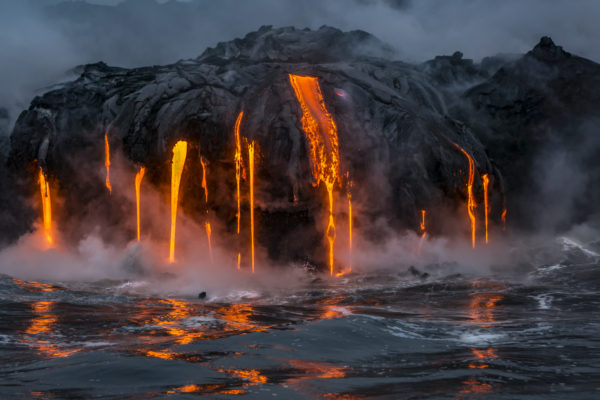Death by volcano?
The discovery of anomalously high levels of mercury in rocks from the Ordivician geological period has led to a new interpretation of the ensuing mass extinction. A sequence of disturbances may have led to catastrophic cooling by reflective sulfate aerosols injected into the atmosphere by massive volcanism. The finding is important since aerosol cooling is under consideration as a way to temper global warming.
Taking the temperature of ancient earth
A team of researchers, including earth and planetary scientists from Washington University in St. Louis, for the first time has been able to reconstruct both ocean temperature and general ice thickness of massive glaciers during one of the biggest mass extinctions in history hundreds of millions of years ago. The extinction, which occurred between 445 and 443 million years ago in the Late Ordovician Period, is one of the five biggest mass extinctions in Earth history, wiping out an estimated 75 percent of simple marine species.

